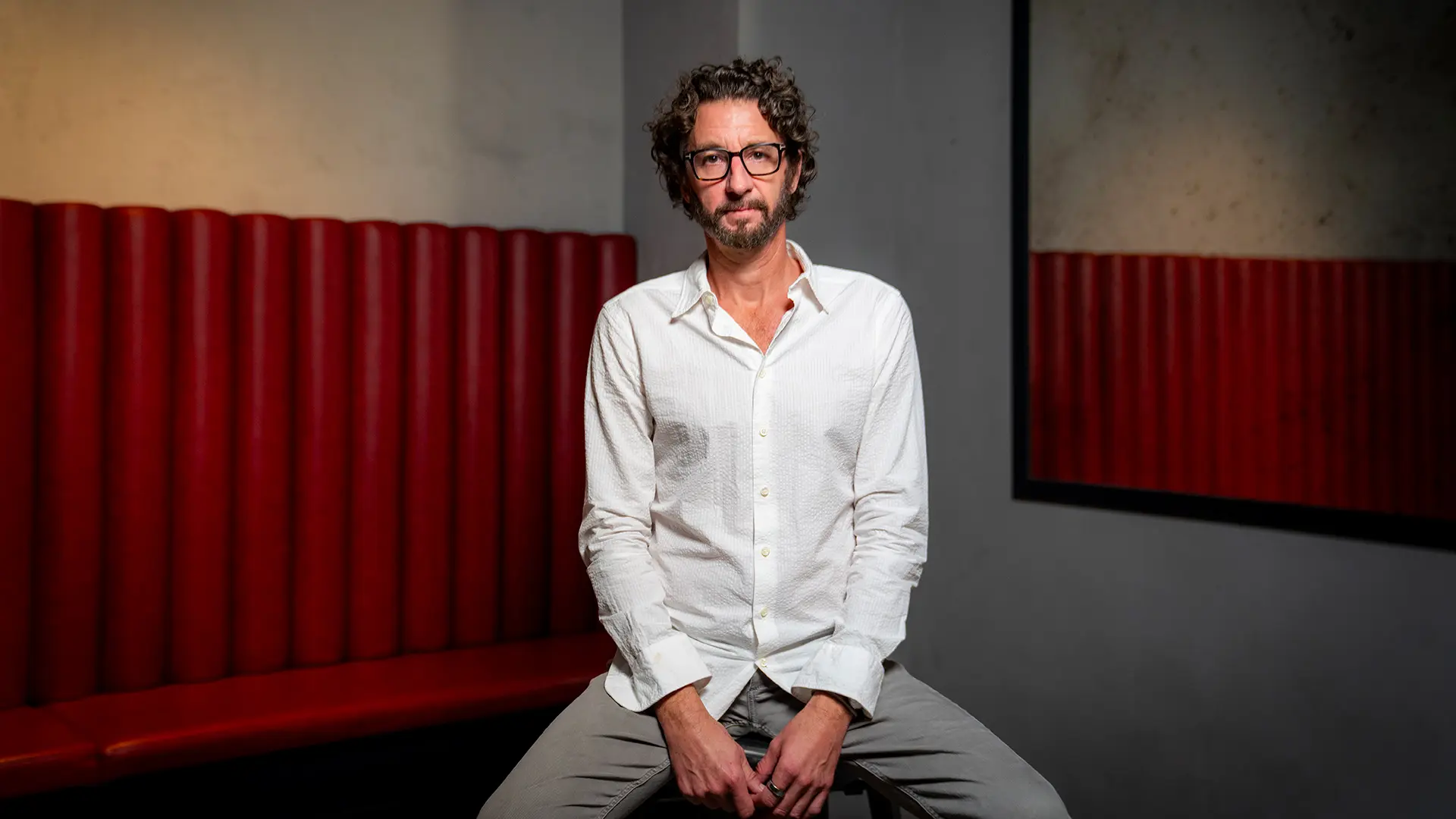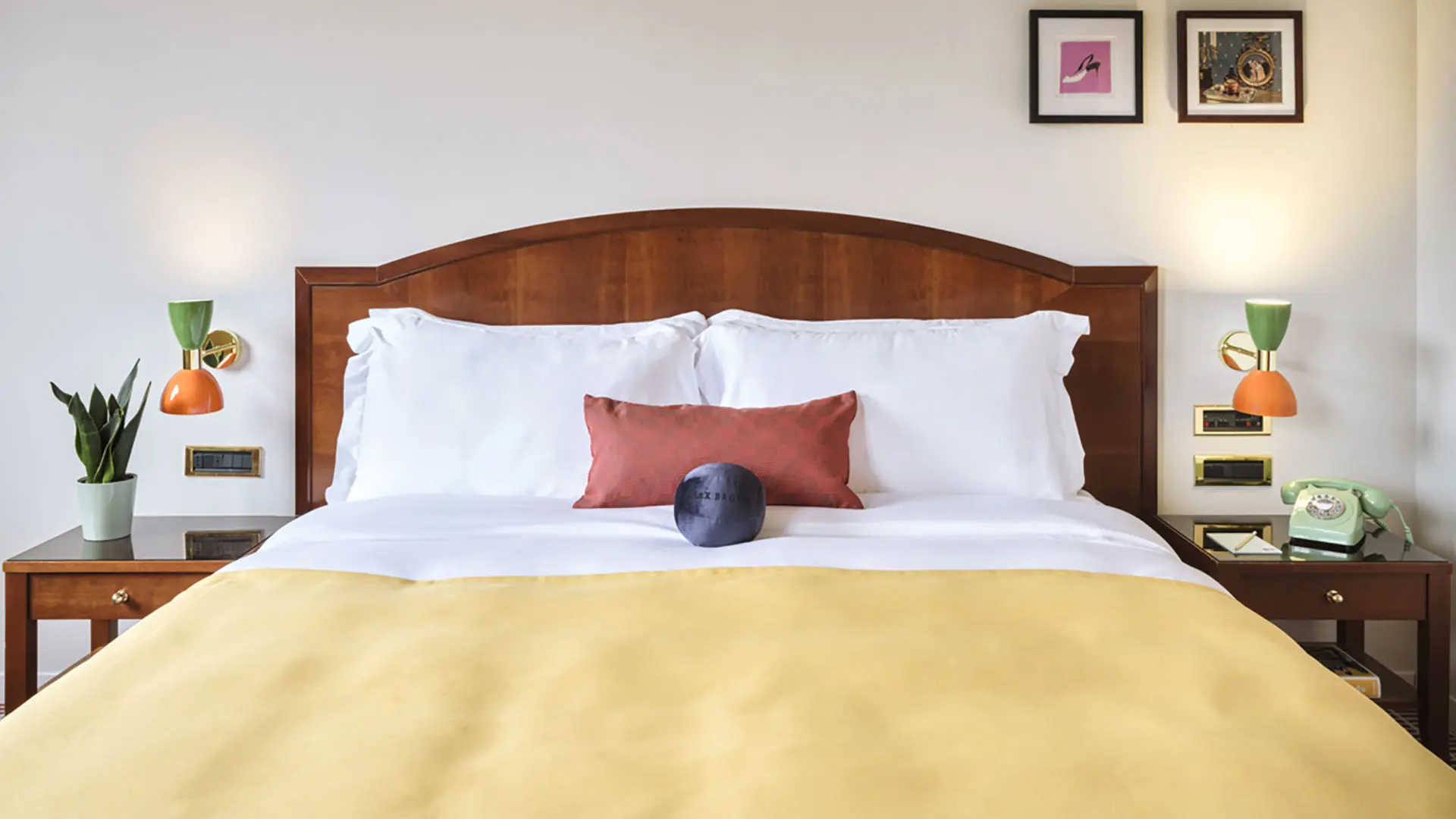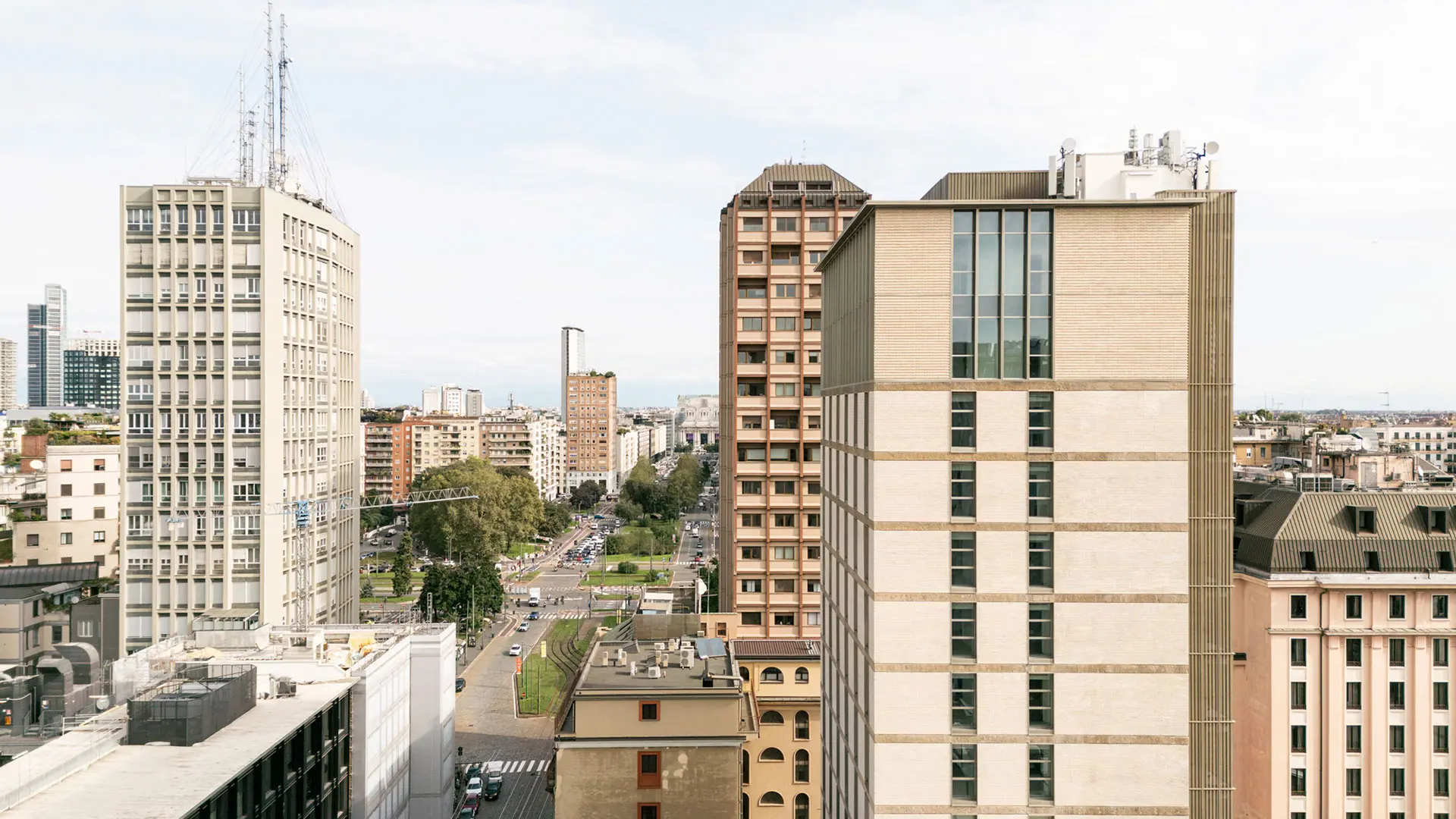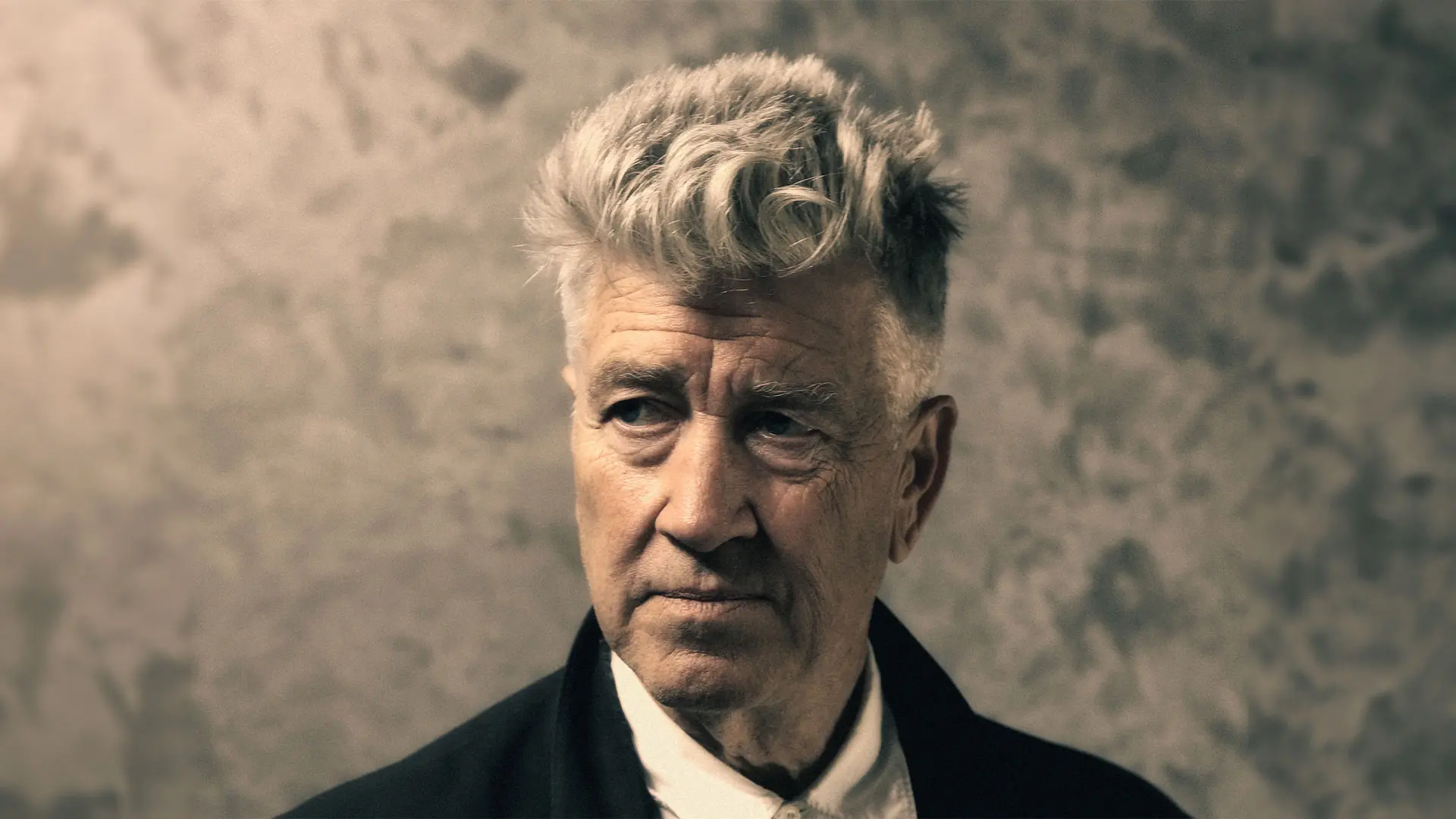In partnership with MiCodmc, a selection of establishments ripe for discovery during the 63rd edition of the Salone del Mobile.Milano, from 8th to 13th April
In conversation with Bill Durgin, author of the Salone 2025 communication campaign

Bill Durgin, photographer
The New York artist and photographer tells us about a project that is not limited to presenting design as an object or function, but explores its deepest essence: its relationship with people
Bill Durgin is an artist and photographer well known for his skill in deconstructing and reinterpreting the human body. Based in Brooklyn, New York, he is the author of the communication campaign “Thought for Humans.” of the Salone del Mobile.Milano 2025 created in synergy with Dentsu Creative Italy.
Durgin builds his shots inspired by the historical aspects of photography, focusing on studio work. He received his BFA from Tufts University and the School of the Museum of Fine Arts in 1995 and his MFA from the California College of the Arts in 2000, where he worked with Larry Sultan, one of the great masters of contemporary photography.
His work has been exhibited in galleries around the world, including the Museum of Fine Arts in Boston, Guest Projects in London, SF Camerawork in California, Station Independent Projects in New York, Ego Gallery in Barcelona and Klompching Gallery in Brooklyn. It has also been published in international magazines including Acne Paper, Wallpaper*, Surface, Paper, The New York Times and Art News.
We met with Bill to learn more about his fascination with the human body and discover his creative vision, his greatest sources of inspiration. We also wanted to preview the details of the communication campaign he has created for the 63rd edition of the Salone del Mobile.Milano, in which wood, metal, fabric and bioplastic blend with human skin, highlighting the values of sustainability, harmony and connection.
As a photographer, I always think of making a photograph and controlling all the aspects of it. Initially, I approached this discipline by adopting a predominantly two-dimensional vision. And then I have a fascination with the human form, but to make it look ‘other’, more sculptural. And I’m a minimalist at heart, so introducing as few materials as needed to get my vision across.
When I first started working with the body as form, I was working in a very minimal studio. and as I got into it, and working with people, I got very interested in their interaction with the architecture of the space, and I started introducing other pieces. And then I started building my own sets and working with the models to even create a set that would fit their particular shape.
At school there were two aspects of photography. You could either be more documentary and frame the world around you, or you could go in and create a photograph for the camera. And I’m a bit of a control freak and a minimalist, so I get great pleasure from starting with a blank slate and creating a photograph from an empty room and adding objects, so creating an image that tells a unique story.
I’m always drawn to natural window light in architectural spaces. Often that light isn’t bright enough and it changes as the day goes on, so throughout the years I’ve crafted ways of recreating something similar to natural light, and a way illuminate the space and darken different spaces to accentuate the body and the areas of the photograph.
It was a wonderful opportunity and an experience. I always fell in love with his work and he happened to be one of the greatest teachers I ever had. Any one of his students would say the same. I also had the opportunity to assist him on some commercial shoots, which was kind of fun.
Aside from Larry, I draw inspiration from photography and sculpture. But Edward Weston’s use of the body, and the way he shows light were very inspirational; Cindy Sherman’s ability to create these dramatic scenes for the camera from almost nothing is incredibly inspiring. And then I love looking at sculpture, from some contemporary sculptors like Rebecca Warren to iconic ones like Brâncuși.
This campaign is very exciting and stimulating. I worked in concert with the Salone del Mobile team and with Dentsu Creative Italy in the scouting phase to identify the materials and shapes that best represented the idea of the campaign, so exploring the intrinsic relationship between design and the human body. We wanted to reveal the beauty of the material and its ability to merge with the body.
First of all, we focused on a series of materials that embodied the concept of the design. We then explored shapes and geometries, analyzing how they could be made to interact harmoniously with the body, with a particular concern for detail. Some of these factors are linked to my passion and my many years of experience of dance, in particular the ability of dancers to perform elastic poses and show off the parts of the body in their fluid movements. And of course there was a lot of improvisation. It was essential to stimulate creativity on set.
The main challenge and the heart of the campaign was to recount the interaction between matter and body with a sensitive gaze. An emotional journey in which design and body merge, becoming one. We wanted to express a vision of design that would improve the quality of our lives, while exploring the connection between body, matter and space.


 Stories
Stories










